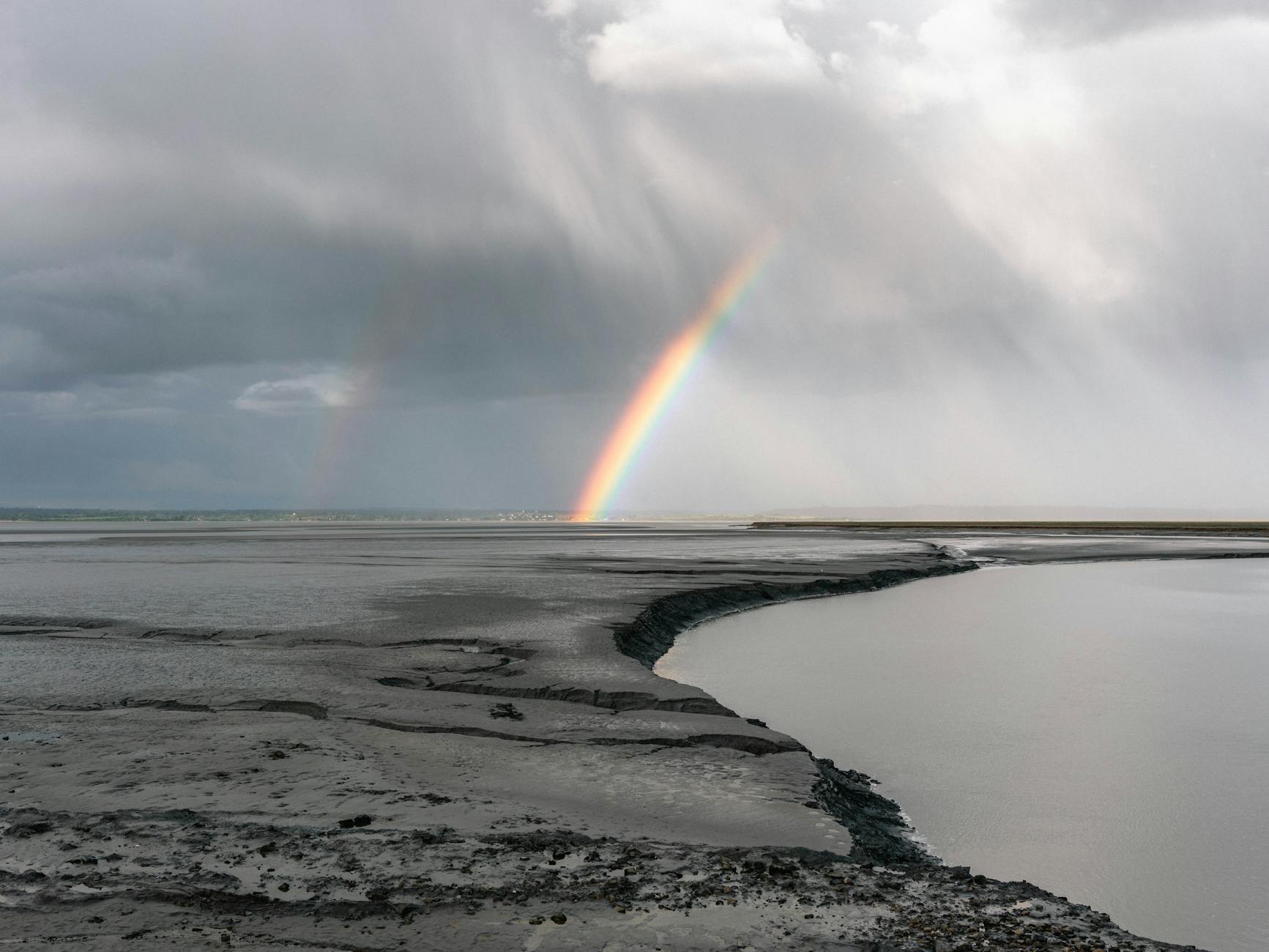Why Australia's Diverse Ecosystems Offer Unique Geological Insights

Exploring Australia's Biodiversity
Australia offers an awe-inspiring tapestry of biodiversity, capturing the imagination of both residents and travellers alike. As I connect with the natural wonders here, I often refer back to the marvels at the Royal Botanic Gardens Victoria. This garden is a microcosm of Australia's diverse ecosystems and a crucible for understanding the unique flora and fauna that inhabit our land.
Unique Flora and Fauna
Australia's flora and fauna stand out due to the continent's long geographic isolation. Many species here cannot be found anywhere else, making them a vital subject for global biodiversity studies. Think of iconic animals like the kangaroo and koala or plants like the towering Eucalyptus and Wollemi Pine, each bearing distinct evolutionary traits. This richness in species is mirrored in destinations like Kenya tours, offering unique wildlife experiences but in a vastly different ecosystem.
Distinct Climate Zones
Australia encompasses several distinct climate zones, from tropical rainforests in the north to Mediterranean regions in the south. These zones not only support diverse ecosystems but also provide a living laboratory for climatological studies. The variability in climate shapes the life forms and geological processes observed across the country.
Role in Geological Studies
The continent is a case study for geological phenomena, due largely to its ancient rock formations and active tectonic history. From the Melbourne Museum's geoscience section, there's much to be learned about Australia’s tectonic movements and how these influence biodiversity. These studies inform our broader understanding of earth sciences and are crucial in developing ecological and conservation strategies.
Major Ecosystems
Rainforests and Their Geology
Australia's rainforests, like the tropical expanses in Queensland, are geological marvels that provide key insights into Earth's history. These lush ecosystems are complex geological formations built over millions of years. The soil in these areas is often rich in minerals, remnants of ancient volcanic activity, which provides fertile ground for a diverse range of species. These rainforests serve as living laboratories, much like the Melbourne Museum's geoscience section, where we can study both the geology and biodiversity that coexist within them.
Desert Landscapes
Australia's deserts are not just arid expanses; they are dynamic geological entities. The red sands, particularly in places like the Simpson and Tanami Deserts, tell tales of tectonic shifts and erosion. These landscapes house ancient rock formations and riverbeds, revealing a history of climatic changes over millennia. Exploring these areas offers the same thrill as examining geological exhibits at the Royal Botanic Gardens Victoria, providing a unique perspective on Earth's history.
Coastal and Marine Habitats
The coastline around Australia is a testament to the power of erosion and the unique geology of the continental shelf. Coastal regions, like those seen at Wilson's Promontory National Park, illustrate the interaction between land and sea. These areas boast rich marine life due to their structural complexity, from coral reefs formed by limestone to rocky shores evolved from ancient seabeds. Just as Tanzania tours offer an exploration of diverse ecosystems, a visit to these coastal areas reveals the interplay of geological forces shaping life on land and beneath the waves.
Geological Phenomena
Tectonic Movements
Australia’s tectonic stability is a significant aspect of its geological complexity. Despite its relative calm, the shifting plates beneath the Earth’s surface occasionally manifest in subtle tremors. These movements are part of a slow dance that has shaped Australia's ancient landforms over millions of years. An examination of these movements can be likened to visiting Melbourne Museum's geoscience section, where the seismographs echo the narrative of Australia's geological history. This insight helps us understand the foundation of our environment and prepares us to anticipate future changes influenced by tectonic activity.
Mineral Richness
Australia's mineral bounty is a cornerstone of its economy and geology. This continent is blessed with abundant natural resources, including gold, iron ore, and bauxite. The presence of these minerals serves as a testament to tectonic activities and the region’s volcanic history. Just as a Galapagos cruise reveals the rich biodiversity of the islands, exploring Australia's mining regions uncovers the layers of history buried beneath our feet. Understanding these resources enables us to appreciate not only their economic value but also their role in our planet's dynamic processes.
Erosion and Landform Evolution
Erosion has played a considerable role in sculpting Australia's diverse landscapes. The gradual wearing down of different rock forms contributes to the distinctive terrains seen across the continent, from the rugged outcrops of the Kimberley Plateau to the smooth sand dunes of Fraser Island. Erosion exposes layers of history, much like what you might observe during a wander through Wilson's Promontory National Park, where nature’s artistry is on full display. By studying these processes, we gain a deeper appreciation for the history etched in the Earth's crust and the ongoing narrative of our landscape.
Impacts on Culture and Tourism
Indigenous Connection to Land
Australia's vast landscapes hold a profound connection to its Indigenous communities. From sacred sites like Uluru to the stories mapping the land, each element ties into rich cultural tapestries. Traditional knowledge passed down over generations provides insights into sustainable practices, adapted perfectly to varying ecosystems. This richness translates into educational opportunities for tourists eager to understand Indigenous perspectives. For anyone keen to draw parallels, a Namibia safari offers a vibrant cultural experience, immersing you in the intricate relationships between local tribes and their environment, much like Australia's celebrated connection.
Popular Eco-tourism Destinations
Eco-tourism has carved a niche in Australia with destinations like the Great Barrier Reef and Daintree Rainforest serving as prime examples. These locations not only showcase Australia's natural beauty but also promote conservation efforts crucial to maintaining biodiversity. A trip to the Melbourne Museum’s geoscience section can enlighten visitors on the geology shaping these unique ecosystems. These sites promise responsible travel experiences that intertwine education with sustainability. It's evident that Australia’s approach to eco-tourism offers lessons on balancing visitor engagement with environmental stewardship.
Inspiring Sustainable Travel
Australia's dedication to sustainable travel extends beyond mere conservation efforts. Promoting eco-friendly tours, localised experiences, and minimal impact itineraries ensures that tourists appreciate nature without compromising its integrity. Initiatives include supporting local communities while enhancing visitor awareness about environmental preservation. As the field researcher in me suggests, echoing these sustainable practices can enrich travel narratives globally. By integrating expert geological insights, travelers are inspired to engage more meaningfully, fostering a respect for natural wonders shaped over millions of years.
Eco-Conscious Exploration Techniques
Reducing Environmental Footprint
When it comes to preserving our beloved Australian landscape, a few prudent steps can make all the difference. As we traverse the majestic environments of Wilson's Promontory National Park or the lush expanses of the Royal Botanic Gardens Victoria, the responsibility lies on us to tread lightly. By opting for environmentally friendly transport options, such as cycling or public transport, we mitigate the carbon emissions typically associated with travel. Simple actions like carrying reusable water bottles or containers can substantially reduce plastic waste in these pristine environments, allowing flora like the Banksia to flourish undisturbed.
Empowering Local Communities
Engaging in authentic interactions with local communities enriches our understanding of regional cultures and traditions. Investing in local businesses, be it through purchasing artisanal crafts or dining at family-run establishments, can greatly contribute to their sustained economic growth. Such interactions not only promote the area's unique heritage but also foster a sense of unity and shared purpose in environmental conservation.
Choosing Responsible Tour Providers
With countless operators promising unparalleled experiences, it is crucial to select those with a genuine commitment to sustainable practices. The Melbourne Museum's geoscience section often highlights operators recognised for their ethical standards and eco-friendly initiatives. By aligning with these experts, we ensure our explorations contribute to the preservation of vital ecosystems, such as our diverse marine environments. As conscientious visitors, our choices wield the power to inspire and sustain the natural wonders we so cherish.


